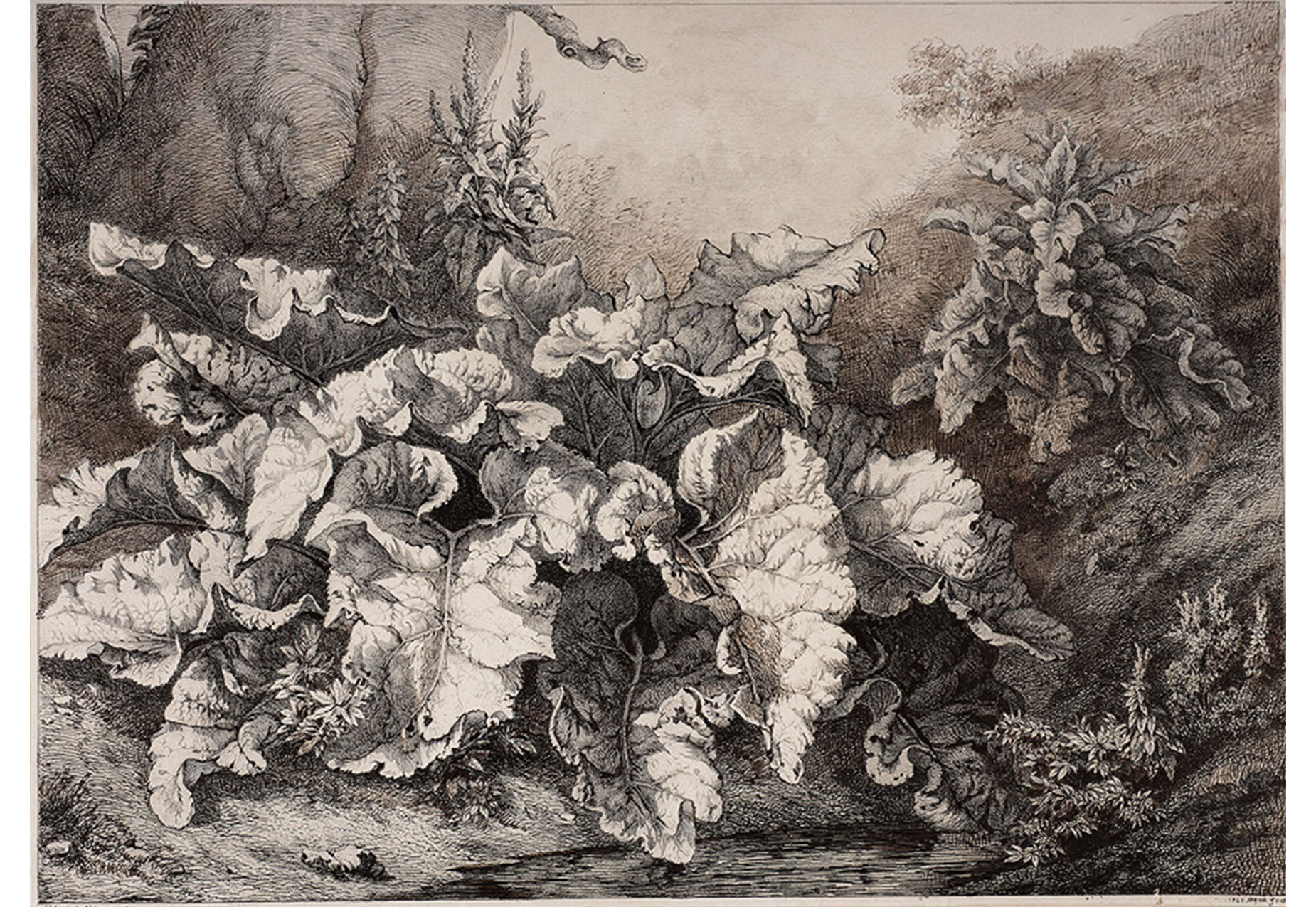
David Becker Day
Aprile Gallant is the Senior Curator of Prints, Drawings, and Photographs.
December 11, 2010 was declared “David Becker Day” by the outgoing Governor of Maine John Baldacci. Personally, I think David Becker Day should be an annual observance, and I, for one, plan to celebrate it every year.
For those of you not familiar with David, he was the Pamela and Peter Voss Curator in the Department of Prints, Drawings, and Photographs at the Museum of Fine Arts, Boston, and a notable independent print scholar. The national print community lost a valued member with David’s premature death in November 2010. He was devoted to the study of prints and illustrated books; his alma mater, Bowdoin College; issues of social equality; and his adopted home, the state of Maine.
David was also a mentor for young curators. At the beginning of my career at the Portland Museum of Art in Maine, he was a role model for me; someone who loved prints as much as I did and who never tired of sharing both his considerable knowledge and loans from his exceptional collection. He was an active participant in virtually all of my professional firsts: first exhibition (as an advisor and lender); first catalogue (as a contributor), as well as my sponsor for membership in the professional print curator’s organization the Print Council of America. But even more than this, he was the kind of curator (and person) I wanted to be: knowledgeable, exacting, curious, generous, and kind.
In 2002 David donated several works to SCMA in honor of his mother, Helen Pillsbury Becker, a member of the class of 1928, including this lovely Bléry.
The Large Burdock is one of a series of four large plant studies that Bléry created based on his observation of plants in the forest of Fontainebleau, France. This particular impression of the print features significant additions in black and brown ink, which indicates that it was a trial proof pulled in between states (most probably between the second and third of five states). Working this way allowed the artist to re-think areas of the composition by drawing directly upon a printed impression. One of the major alterations in the final state of the print was the change of the tree in the background from an oak to a beech.
This print will always remind me of David. Its formal beauty, quirky rarity (although a fine printmaker, Bléry is hardly a household name), and subject matter capture some of the things he loved: the study of graphic processes, 19th century French prints, and nature.

Eugène Bléry. French, 1805–1887. The Large Burdock, 1842. Etching and drypoint, heightened in brown and black ink on cream wove paper mounted on board. Gift of David P. Becker in memory of Helen Pillsbury Becker, class of 1928. SC 2002.20.3. Photograph by Petegorsky/Gipe.
So, how should you celebrate David Becker Day? Visit a museum (one excellent option is to visit the MFA Boston to see Two Masters of Fantasy: Bresdin and Redon, on view until January 16). Or, visit your local print room, such as the Cunningham Center, choose an object you love and spend time looking at it closely. Learn something new. Share it with others. Read a book. Spend time outdoors. Donate to a cause you feel passionate about. Have dinner with friends. Enjoy yourself to the fullest.
I don’t think that David would approve of my suggestion that we create a modern-day “saints day,” in his honor (he was too modest for that), but I’m positive that he would support the idea that everyone take the time for these activities.
I hope you all have a wonderful David Becker Day.